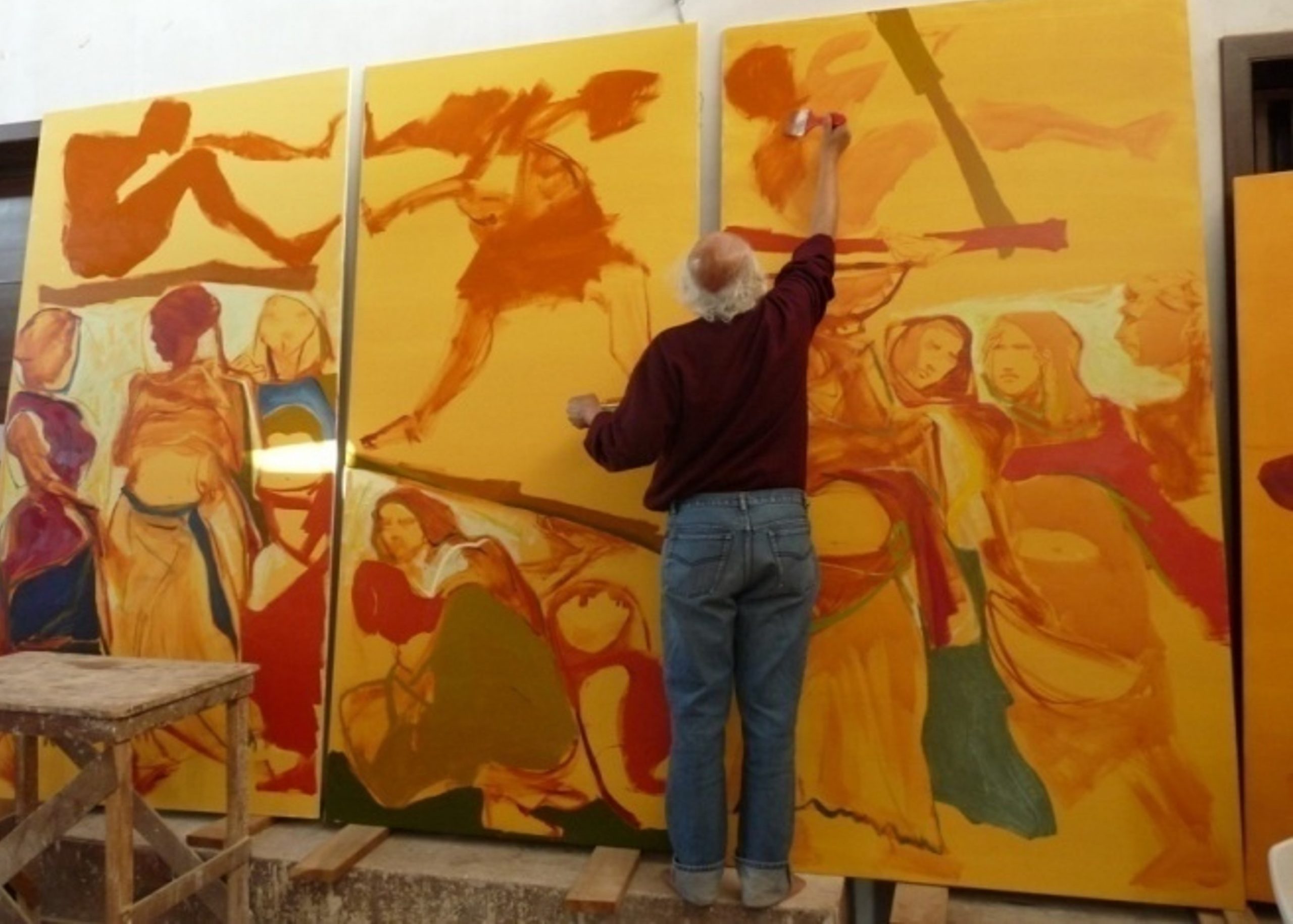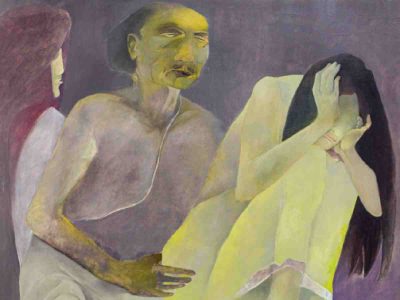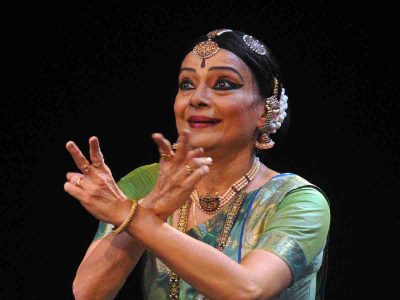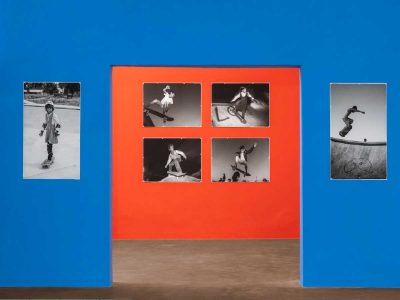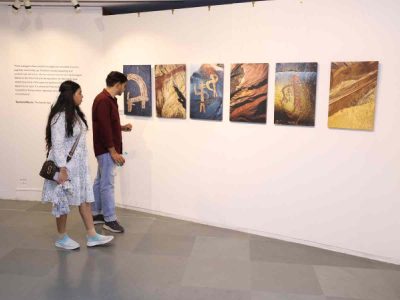On veteran artist Jatin Das, a popular dialogue by Salman Khan’s film ‘Kick’ fits aptly, “…Main dil mein aata hoon, samajh mein nahi [I am a matter of the heart not mind]. That’s why most people who just ‘know’ him do not understand him, those few who love him, do. He is “happier with those few”.
At 83, Das’ voice is sturdy; his diction is as clear as ever. He is still child-like – agile, active, energetic, innocent, bugging, naughty, caring, concerned and yet so detached. He is a free soul. You just have to warmly nudge him to bring him around.
Das’ retrospective is on view at the National Gallery of Modern Arts (NGMA), titled ‘Jatin Das – A Retrospective: 1963-2023’ was inaugurated in early November and will continue till January 7, 2024. The show consists of Das’s finest works: a lifetime of paintings on canvas and paper, drawings in conté and ink, watercolours, sculptures, graphics, terracotta, ceramic and porcelain platters, pinch toys, as well as his poems and insights about art and life.
A tip of the iceberg, the show, he says, “Is my 60 years of art journey. Because of the lack of space, only 40 per cent of my works are mounted.”

One has seen most of his works. Yet one still feels a sense of surprise each time he culls out something from his collection painted aeons ago. Apart from choosing the works for the retrospective, a press briefing for those who wish to write something on his show has been prepared by his children — eminent film actor, producer, and director Nandita Das and her brother Siddartha Das, an extraordinary architect, who also works with textiles.
The material states, “I am a painter wanting to become an artist. And to be an artist, you need two or three lives. One life is not enough.”
Do you get anything about the show in it? No. This is Jatin Das for you.
Sit with him and you get to know that he never explains his works. For him, they are everything – from happenings in daily life to nostalgia, tears to laughter summed up in largely single bare poetic figures, dancing, singing, sitting, working, pensive, playing, weaving, meditating, indulging in amorous activity, et al.
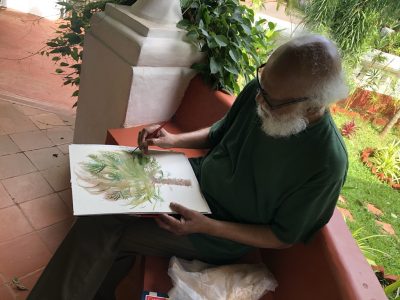
People call them nudes; he doesn’t. His lines are his works. He draws and they turn into lyrical figures doing what Das conceives in his subconscious. In a way, he documents moments as he lives them.
No wonder the note clarifies, “My paintings are not narrative. They are metaphoric, poetic and suggestive. Human anguish, pain, affection, tenderness… it is all expressed through these energised bare figures. Some people call them nudes. They’re not, as they have never been clothed and therefore disrobed. They are beyond the limitations of time and space.”
It is painful for him to speak about his works. They can only be known through his life journey. He can tell you what he doesn’t make. But not what he does.
Who is Jatin da?
The Delhi-based painter, sculptor, store-house of knowledge on textiles, colours and weaves; a mad collector of hand fans from across the globe, a passionate music lover, poet, an excellent cook and a host, Jatin Das is an all-in-one, loved by family and hated by those who expect flatterers around. He doesn’t walk in groups but alone and quite fast, literally. He belongs to no celebrity in his fraternity but to those who spend time with him, those who don’t mix money and art and are fanatical about creativity like him. For his own office, he doesn’t hire those who are “good at heart and know some English.”’

Childhood and youth
Born in the princely state of Mayurbhanj (Odisha), Das started drawing at 15.
“I was fourth among my six siblings, hence largely ignored and left to my own. That was my freedom! I loved to be in the garden all the time. I loved spending time planting and gardening. Mere gharmein mujhe pagla bulaate they [At home, they used to call me a madcap].” The next moment, he quips, “No, I was not neglected. I was too naughty to handle.” His child-like laughter fills the air.
Das says he was an average student in school, spending most time swimming in the river, working in the garden and drawing wherever and whenever he pleased. “After my matriculation, I wanted to learn art, but on the insistence of my elders, I pursued biology in college. What I enjoyed the most was drawing frogs and other animals given to us for dissection. I also drew them for my classmates. That’s how my innocent interest in art began.
“In my hometown, art was not a separate entity; it was a way of life. I had a fantastic guru, Biranchi Narayan Mohanty, who taught me painting and yoga. He was also a poet, a cook and did gardening.”
At 17, Das went to study at Sir JJ School of Art in Mumbai. How he reached there is an interesting tale of dare and confidence.

“I applied but didn’t get a response. One day, I went to Bhubaneswar and met Julius Vaz, the great architect who had designed the city. He wrote a letter to Prof. D’Lima at the JJ School of Architecture. I left for Bombay by train with just Rs 500. I was late by two months. But after the Dean saw my sketches, he gave me admission immediately”.
Bombay to Delhi
He lived in Mumbai for 10 years, setting up his studio in 1959 at the Bhulabhai Memorial Institute alongside the studios of artists like MF Hussain and Vasudeo Gaitonde. He then moved to Delhi, where he has lived ever since.
But why did Das leave Mumbai (then Bombay) for Delhi, which had a limited art scene in the 60s?
“I left Bombay for a few reasons. I was married. And I was invited by Pupul Jaykar (a cultural icon in India) to join as an art consultant at the Handicraft and Handloom Corporation (now Crafts Museum). Kumar Gallery, then the best in Delhi, was handling my shows. So, I came for a change. Delhi then was a sleepy little town.”
No wonder Das followed his passion “without caring which city is good or bad for art”. That fetched him over 80 one-man shows around the world. Not only that, he represented India at the Venice and Tokyo Biennales, among many other exhibitions. His large 7×68 ft mural, ‘The Journey of India: Mohenjo-Daro to Mahatma Gandhi’, adorns the Old Parliament House in New Delhi.
Up close and personal
One has seen Jatin Das for over two decades. He is forever angry.
One asks him why it took the NGMA so long to mount one retrospective of such a veteran. As if it hits him on his nerves, Das says, “Ask the Sarkar. Why was it pending for 15 years?”
One says one has seen almost all works. He cuts, “Not possible. Even I have not seen all my works. I don’t know my work. I just work.”

He lights his cigarette and continues, “People ask me, ‘For how long is the show on?’ I say, ‘Just half-a day. Because they just have no idea about art. It is not their mistake. It is the fault of our education system.”
“So, you haven’t left smoking yet?”
“No. Kyun chodna hai? [Why leave]. I have a bad throat; still, I have to have it after meals,” he laughs.
Not for everyone
Jatin Da, as he is addressed, is hailed as an eccentric artist. “People say I am kadak [hard]. I speak kadak. It is because main kisi ki chaaploosi nahikarta. [I don’t try to flatter anyone]. I don’t go to any so-called ‘Big bosses’ to please them. I don’t make friends easily.”
Das is a loner by choice. But he is never alone. His creative processes keep him occupied. “I need three births to become an artist from a painter,” he mutters.
Amid the conversation, a commotion is heard at the museum door. He intervenes, “What happened?”
“Some visitors have come but they don’t have a ticket,” a teammate answers.
“Ticket? Why should they need a ticket? Let them in. Just ask them to write their names.” With this, he returns to the conversation, “Look at this: how will people be introduced to arts if it is a ticketed show?”
Frowning, he breaks into a famous song by Mukesh from 1960’s film Dil bhi tera Hum bhi tere, “Main parehsan hoon, mujhe aur pareshan na karo”… [I am already troubled, don’t trouble me further].
Angry young man
Das has forever been critical of how the world of art has apparently changed for the worse.
“The whole world has changed and the art world is a part of that change. Now, everything is about money and power. We have all become Westernised, and so has art. We are not looking at the east while the sun rises in the east,” Das says, unable to hide his anguish.
People in the business say art needs commerce for sustenance. So why complain?
“Vo sab ghatia log hain jo ye kehte hain. [They are lesser mortals who say so]. See, there is a difference. I also live on the sale of my paintings but I don’t paint to sell. It is that simple.”
With his fiercely individualistic self, Das
The writer is a senior journalist, poet, co-author of ‘Muslims in Media’ and art and music curator

